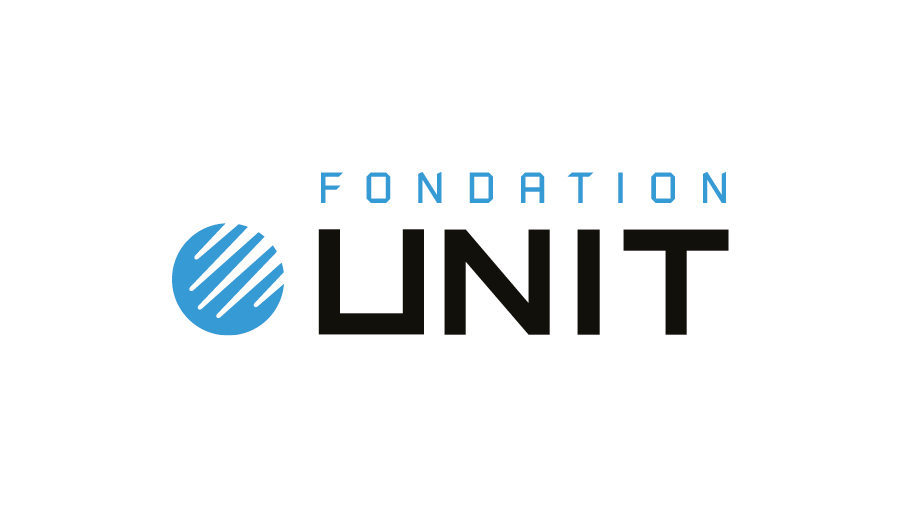
Sommaire
Dynamic Local Remeshing for Elastoplastic Simulation (and for Just Plain Really Great Tetrahedral Meshes)
Date de création :
04.03.2010Auteur(s) :
Jonathan ShewchukPrésentation
Informations pratiques
Document libre, dans le cadre de la licence Creative Commons (http://creativecommons.org/licenses/by-nd/2.0/fr/), citation de l'auteur obligatoire et interdiction de désassembler (paternité, pas de modification)
Description de la ressource
Résumé
We present a tetrahedral mesh improvement program called Stellar that locally optimizes finite element meshes so their worst tetrahedra have a level of quality substantially better than those produced by any previous method for tetrahedral mesh generation or "mesh clean-up." Our implementation usually improves meshes so that all dihedral angles are between 34 and 131 degrees. We adapt our algorithms to the problem of dynamic remeshing to simulate a physical domain that is substantially reshaped by plastic flow or fracture. Our dynamic mesher is conservative: it replaces as few tetrahedra as possible, and thereby limits the visual artifacts and artificial diffusion that would be introduced if we repeatedly remeshed the domain from scratch. It also locally refines and coarsens a mesh, and even creates anisotropic tetrahedra, wherever a simulation requests it. Our simulation method addresses a range of material behavior from purely elastic to highly plastic, with particular advantages for objects that span both extremes at once. We illustrate these features with animations of elastic and plastic behavior, extreme deformations, and fracture. Jonathan Shewchuk is an Associate Professor in the Department of Electrical Engineering and Computer Sciences at UC Berkeley. He is best known for his software Triangle for high-quality triangular mesh generation, which won the 2003 James Hardy Wilkinson Prize in Numerical Software, and his "Introduction to the Conjugate Gradient Method Without the Agonizing Pain."
- Granularité : leçon
- Structure : atomique
"Domaine(s)" et indice(s) Dewey
- Computer modeling and simulation (620.001 13 )
Domaine(s)
- Modélisation et simulation par ordinateur
- Conception, fabrication, ingénierie industrielle
Informations pédagogiques
- Proposition d'utilisation : On peut conseiller cette ressource comme un "document de recherche" ou une lecture conseillée dans le cadre d'un master pour tous ceux qui s'intéressent à "comment représenter des objets géométriques sur ordinateurs" et "comment simuler des phénomènes physiques en utilisant des maillages"
Intervenants, édition et diffusion
Intervenants
Édition
- Institut National de Recherche en Informatique et en Automatique
Diffusion
Document(s) annexe(s)
- Cette ressource fait partie de
Fiche technique
- LOMv1.0
- LOMFRv1.0
- SupLOMFRv1.0
- Voir la fiche XML





